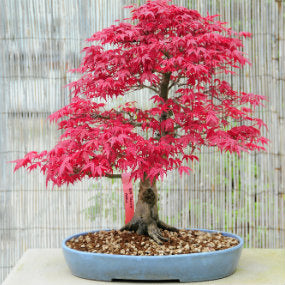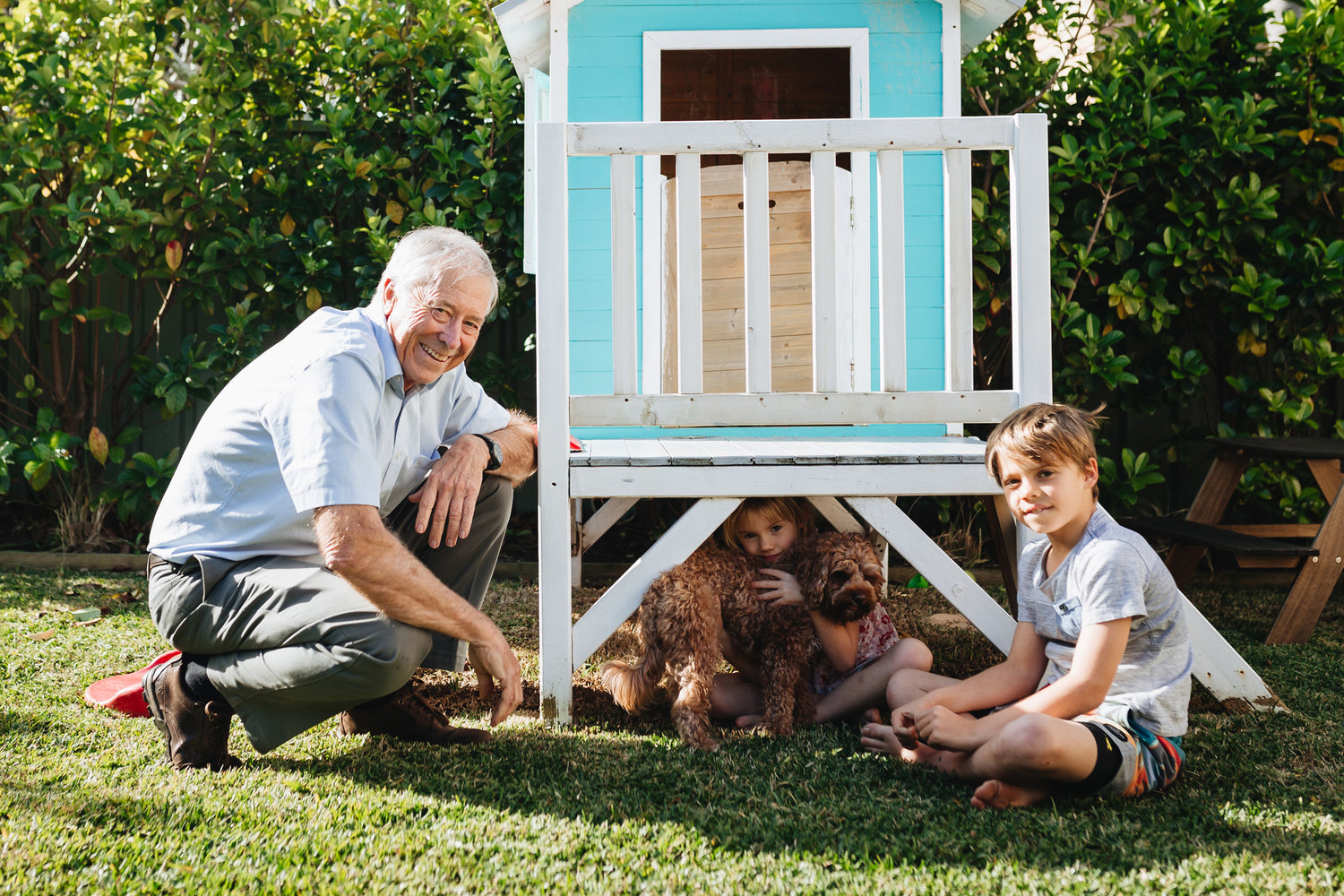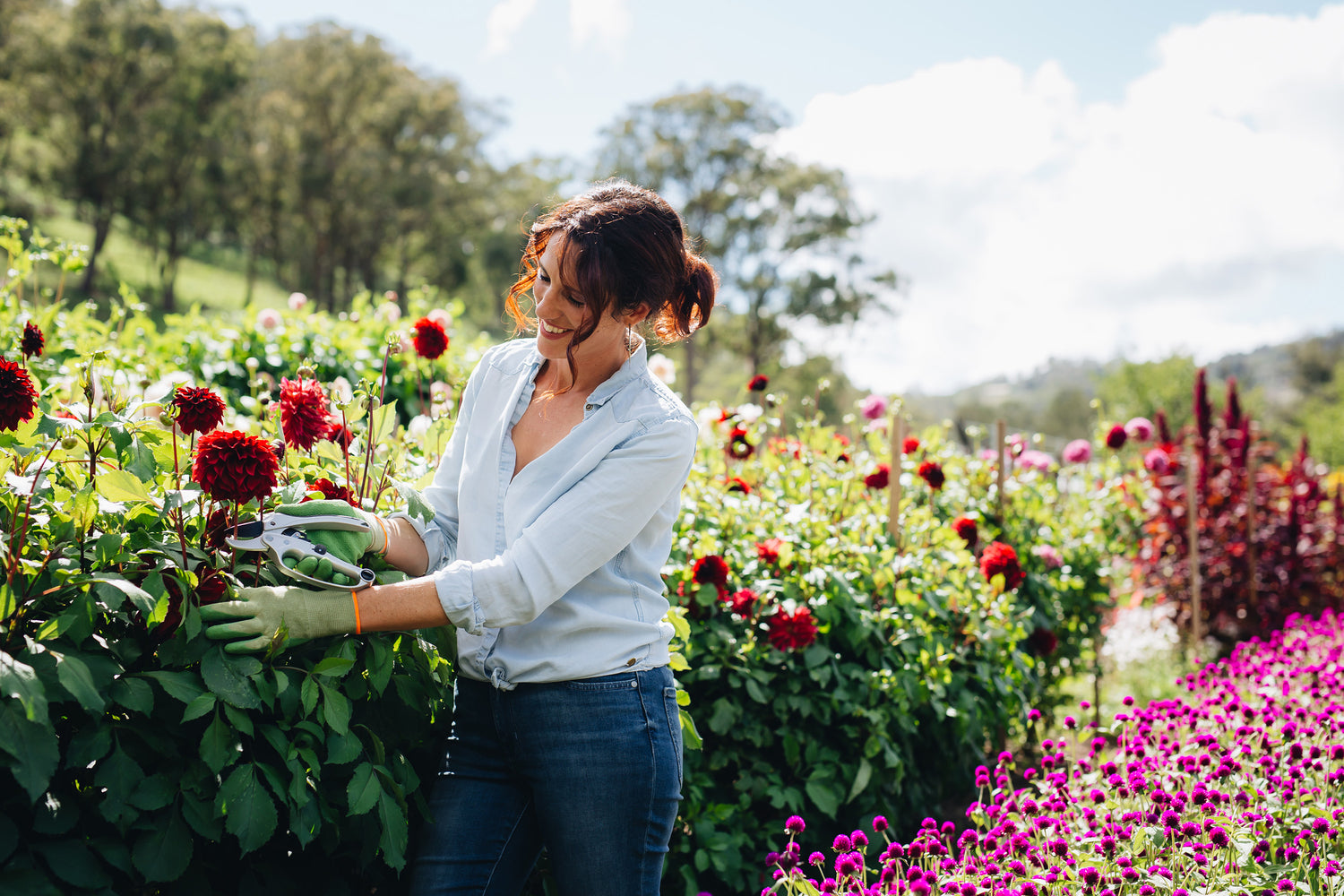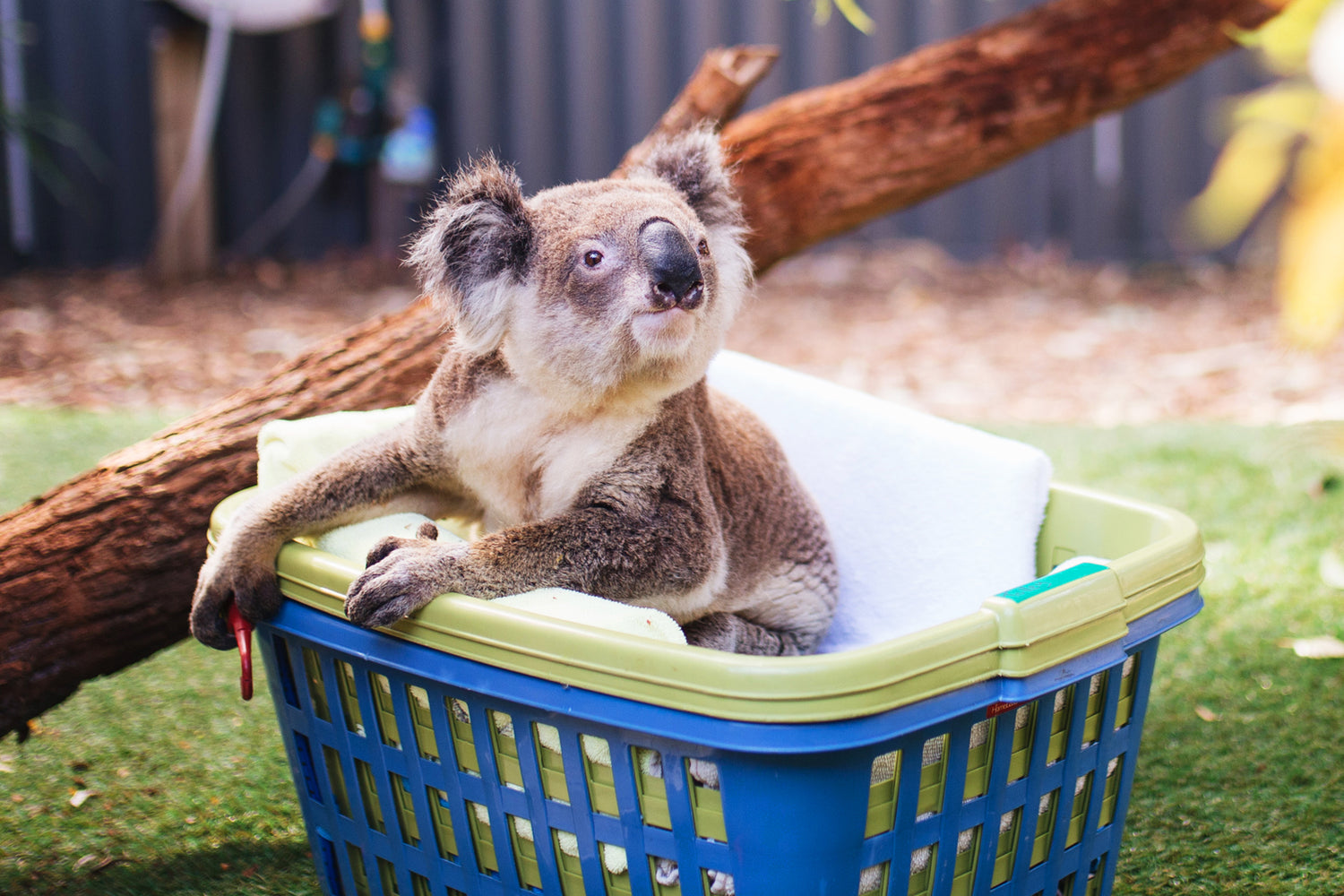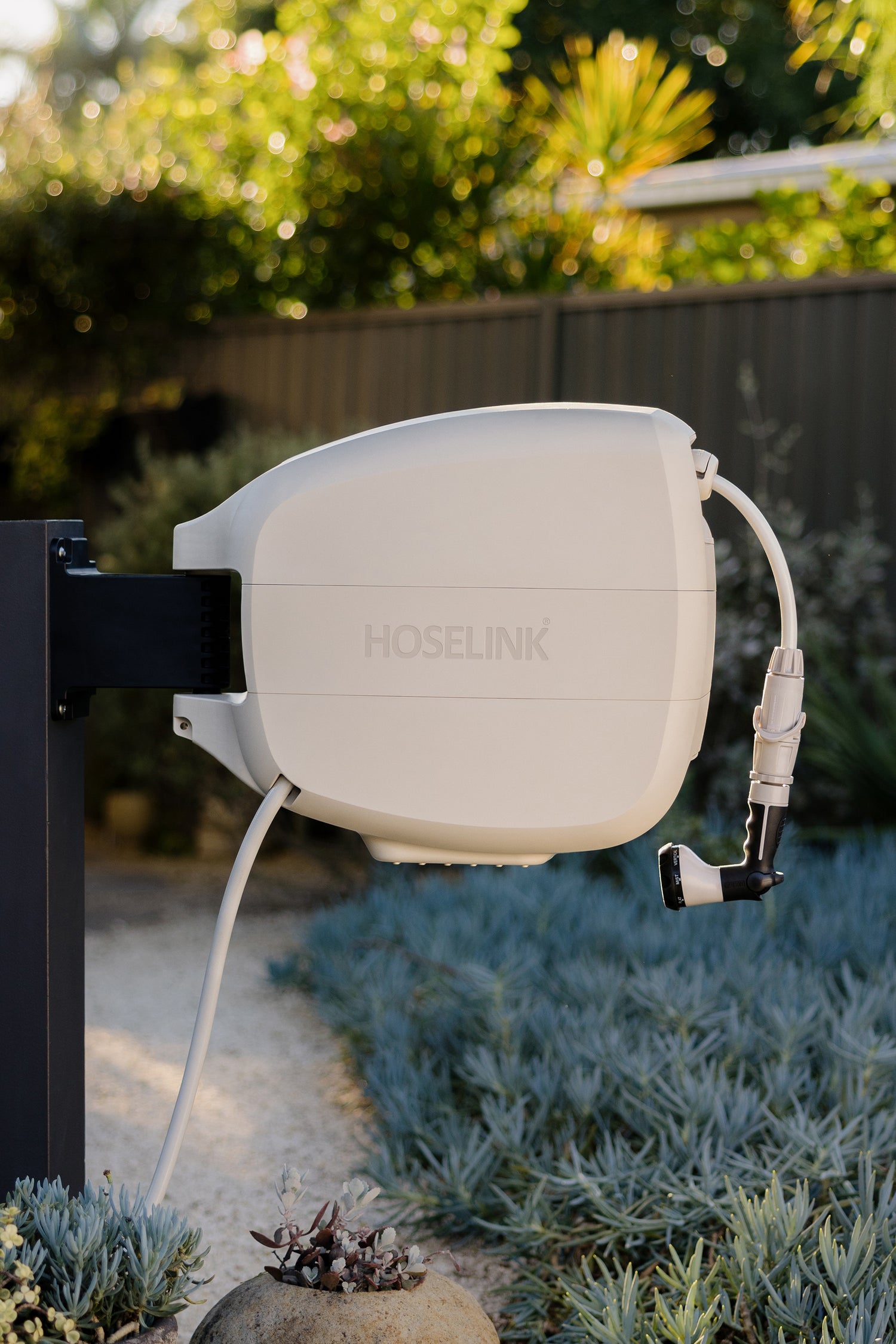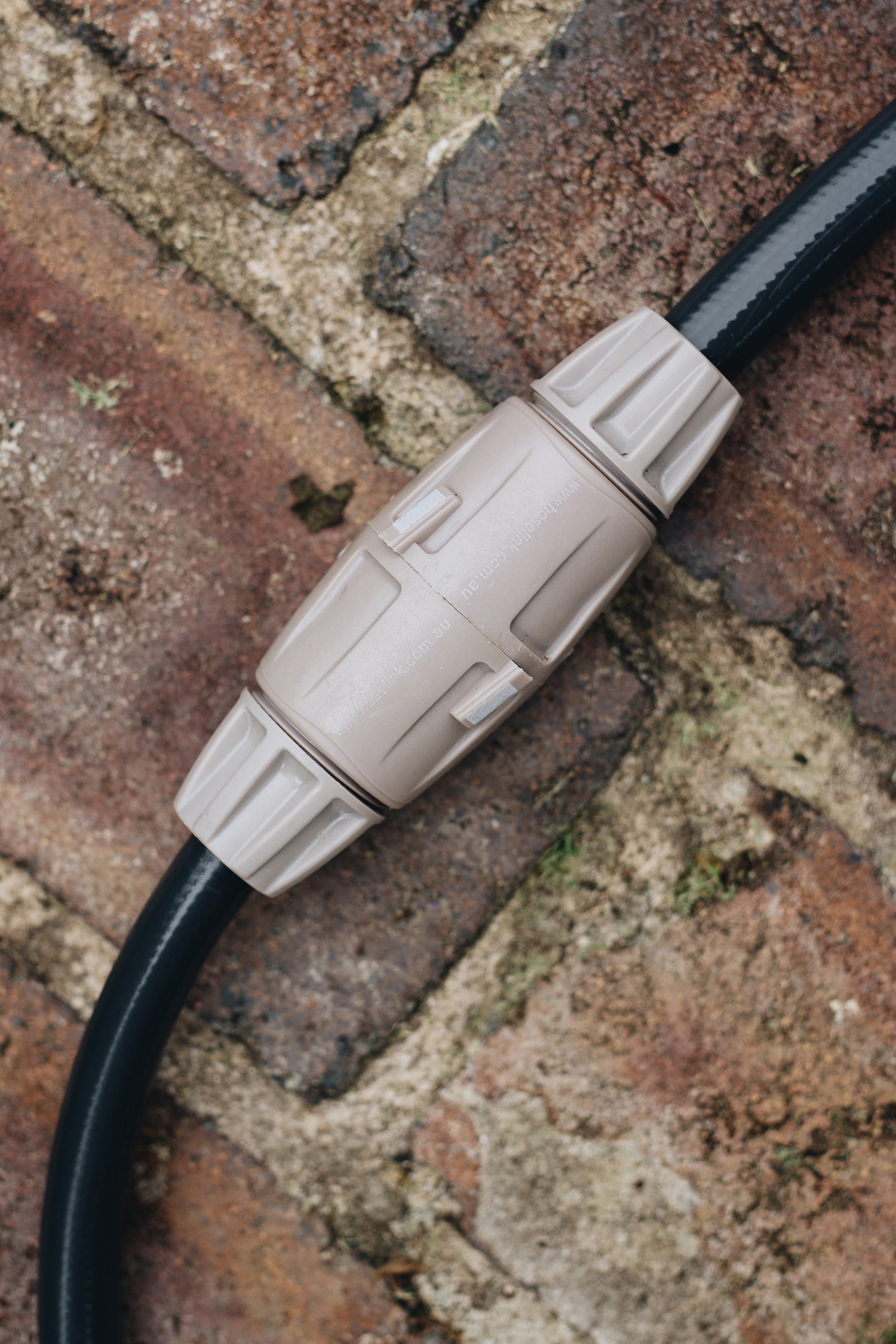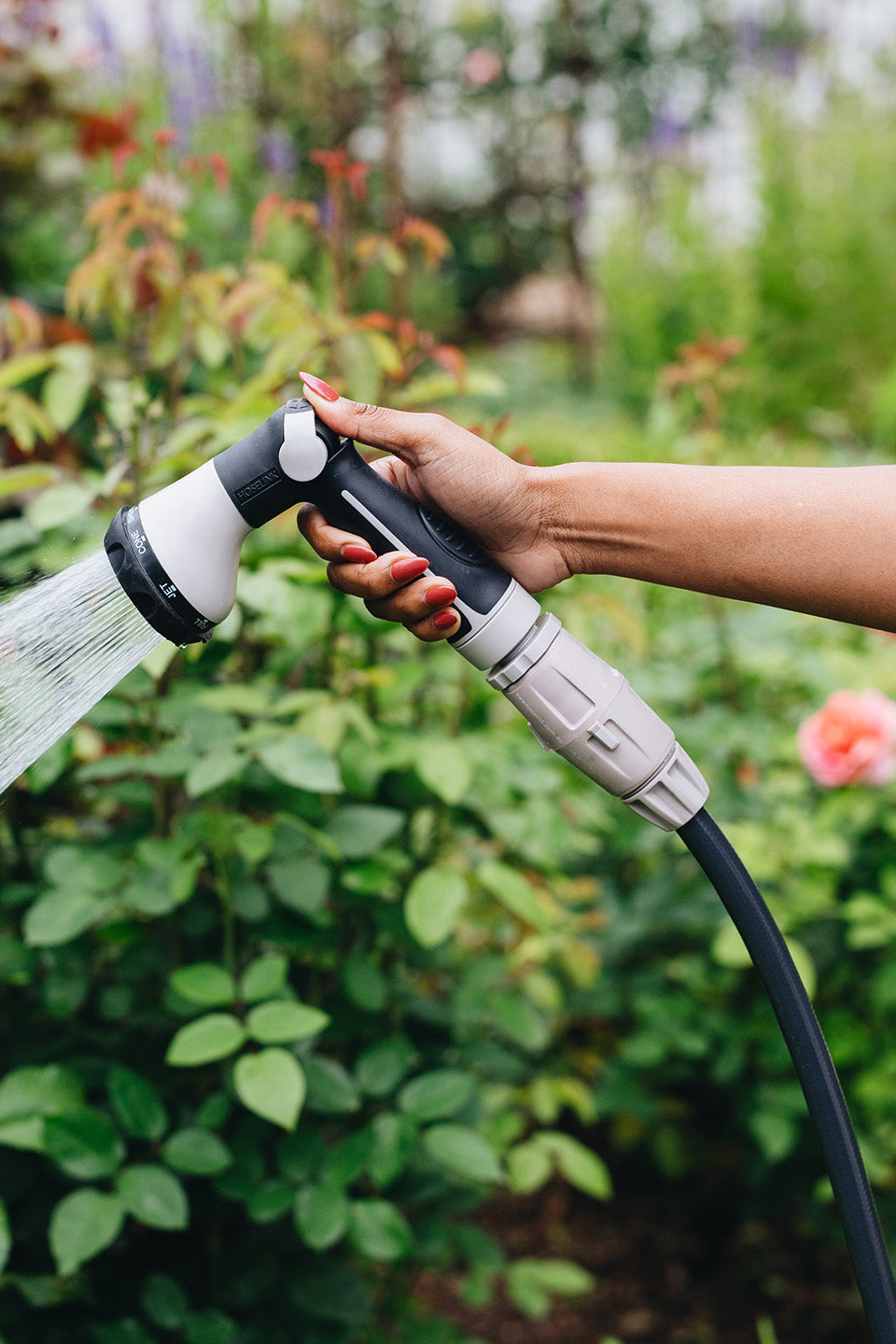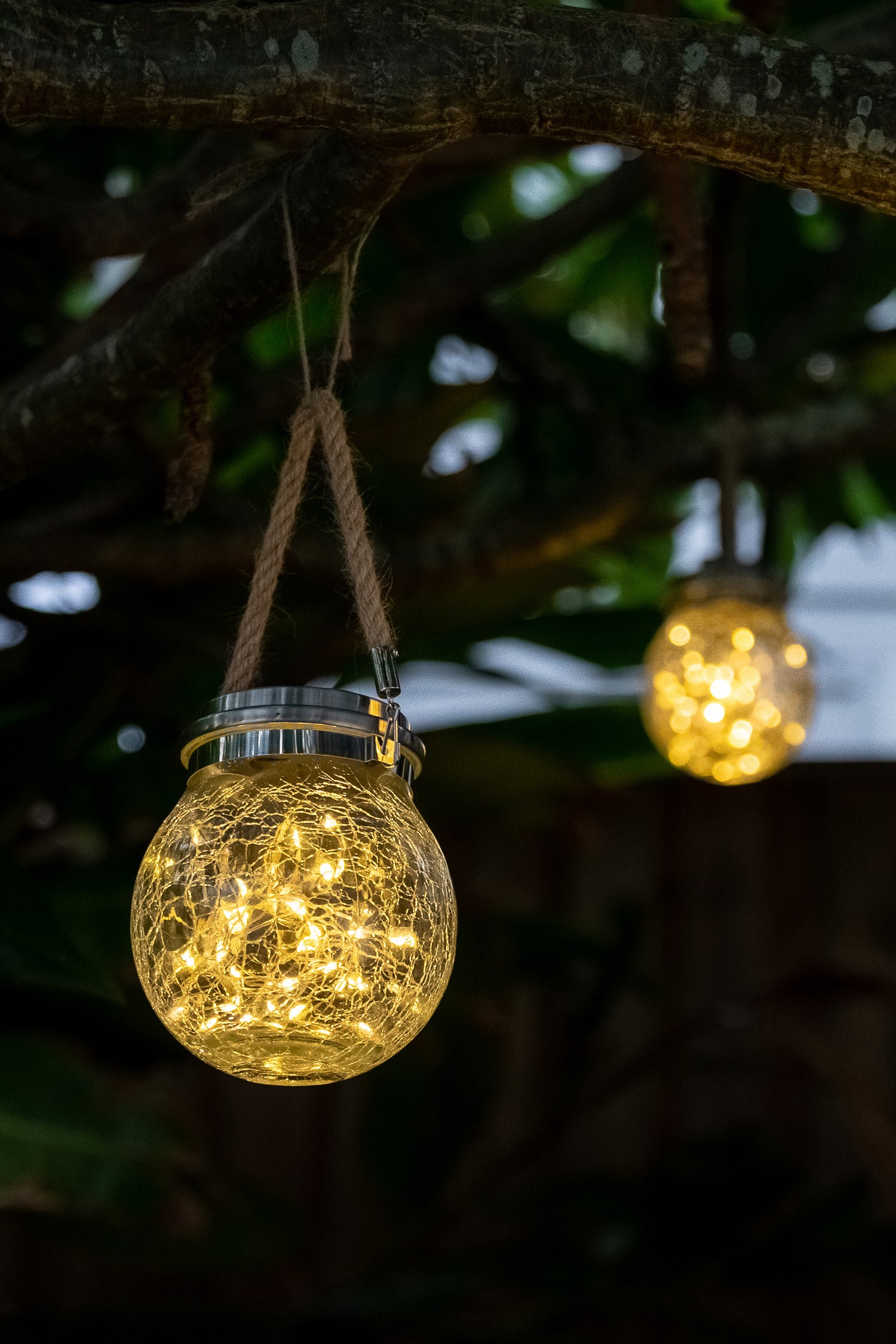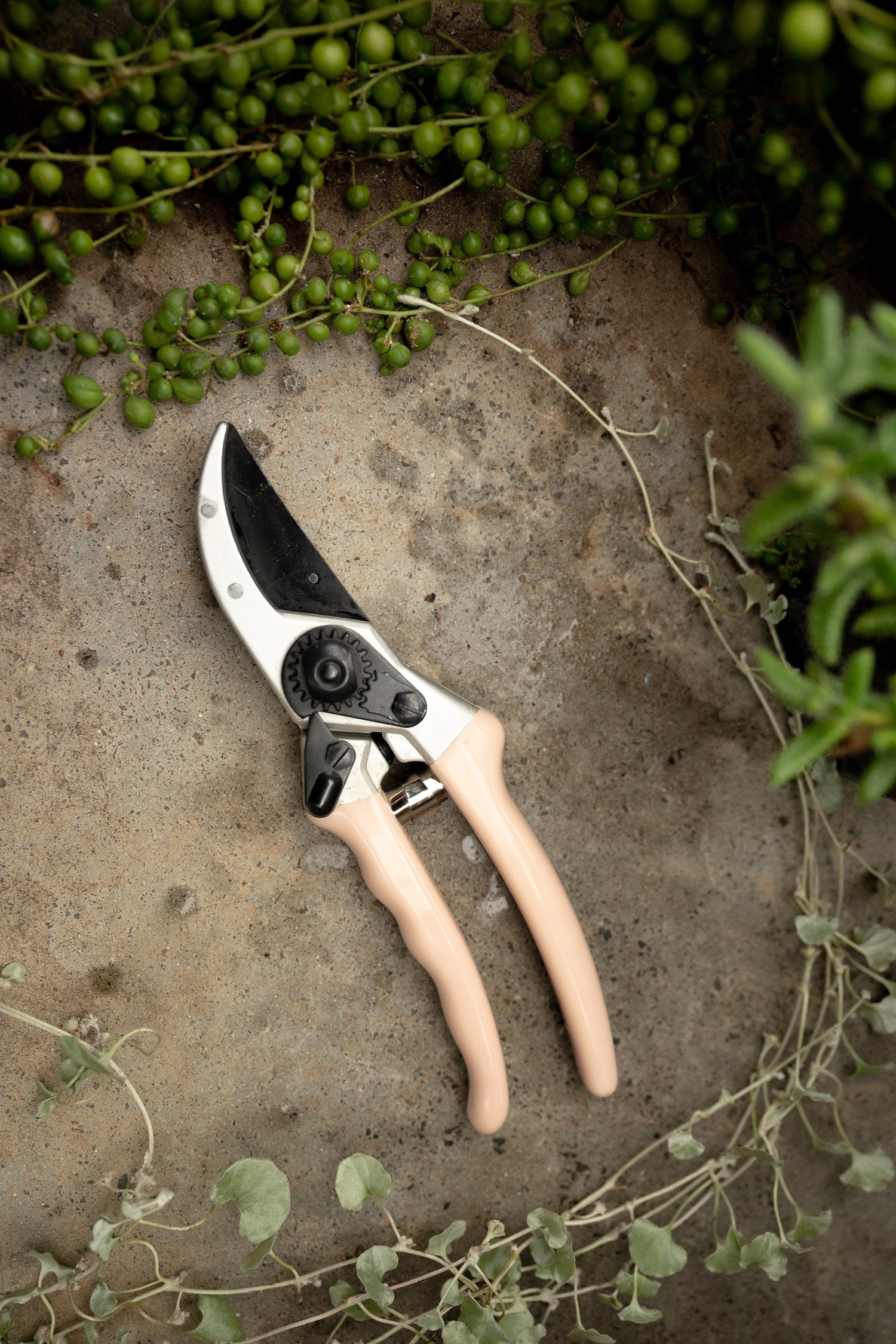Thinking of getting a bonsai? Here’s everything you should know.
Over the weekend, I ventured out to a local bonsai nursery in search of the perfect birthday gift for a nature-loving friend. But what I thought would be a simple errand quickly turned into a decision-making minefield!
Choosing a bonsai tree, I discovered, isn’t for the fainthearted. It turns out that bonsai are not quite the low-maintenance houseplants many people think they are; they’re living sculptures that require daily attention, love and care. In fact, despite their hardy appearance, they’re surprisingly easy to kill, and with several different styles, shapes and species out there, it’s safe to say each one comes with its own unique, sometimes-challenging set of needs.
I had to ask: was I buying a thoughtful birthday gift – or handing my friend a year-round responsibility?
A practice in patience
Luckily, a helpful member of staff came to my rescue, and reassured me that although looking after a bonsai tree is a long-term commitment, it’s one that will reward you daily with gentle beauty and a deeper connection to nature. She recommended the book 101 Essential Tips on Bonsai Trees, which was immensely useful – so much so that I not only decided to include it in the gift for my friend, but wanted to share what I learned here, too.
For anyone looking to embark on their own bonsai journey, hats off to you. Here’s what you need to know.
Caring for your bonsai (the basics)
While there are lots of different types of bonsai trees to choose from, each with its own likes and dislikes, there are a few universal care tips that every bonsai will appreciate. So don’t panic.
1. Location
The first step in caring for your bonsai is knowing whether it’s an indoor or outdoor variety. This will influence where you put it. When choosing a spot, consider three key things: the conditions it needs to stay healthy (for example, is it getting enough light? Does it need to be kept away from drafty windows and doors?), whether you can easily water and prune it (quick access means you’re more likely to do it!), and the perfect viewpoint where you can witness its gradual growth and ever-deepening beauty. After all, if you’re working this hard, it’s important to enjoy the fruits of your labour.
2. Watering
This is a big one. Watering is one of the most important aspects of bonsai care – these trees really love water! Aim to water your bonsai daily, making sure the soil stays consistently moist but not waterlogged. (Some species, like the Scots Pine, can be sensitive to overwatering, so make sure you check what your variety wants first.) During winter, pay extra attention to ensure your bonsai is still getting enough water, as its needs may change with the season.
Bonsai trees generally prefer to be watered from above. You can use a hose, cup, watering can, or water bottle – however for the best results your watering tool should have a fine or gentle nozzle (like Hoselink’s Shower Spray Wand) to avoid damaging the delicate leaves and soil. For any indoor bonsai, take them outside and allow excess water to drain thoroughly before bringing them back inside.
Fun fact: Many people don’t know that the best time to water a bonsai tree is in the evening, after the sun has set. This allows the water to soak into the soil and stay moist overnight. Watering in the morning can cause the water to evaporate quickly in the sun, leaving the soil dry before your bonsai has a chance to benefit. If, like me, you’re prone to forgetfulness, set a reminder on your phone to hold yourself accountable.
3. Soil and Fertiliser
Because Bonsai trees thrive in well-drained soil, they typically enjoy a mix of one part loam, two parts peat, and two parts coarse sand, which ensures good drainage while retaining enough moisture. To keep your bonsai healthy and strong all year round, feed it regularly with either liquid or solid fertiliser (you should be able to find a recommended schedule for your specific species online).
4. Repotting
If you’re not an experienced gardener, maybe leave this one to the professionals. Repotting and root pruning are best handled at the nursery where you purchased your bonsai, with the help of someone who has sufficient knowledge of your tree’s needs. This is a service most nurseries will offer – for example, the nursery where I bought mine offers repotting for a fee, along with a complimentary check-up every six months. You can take care of any light pruning or trimming yourself at home to keep your tree looking tidy and full. Need a hand? Hoselink’s stylish secateurs are the perfect shortcut when it comes to stripping away stray leaves.
The bonsai that’s right for you
Choosing the right bonsai tree depends on your environment, experience, and lifestyle. It’s important to consider how much time you can dedicate to daily care, pruning, and repotting, as well as your climate and aesthetic preferences.
Beginners should start with a hardy, low-maintenance species – indoor varieties like Ficus, Jade, or Chinese Elm are excellent choices because they’re easier to care for year-round. More experienced enthusiasts might opt for outdoor trees such as Pine, or Maple, which require lots of natural light and can be sensitive to seasonal changes, which means more attention and some careful shaping along the way.
Juniper
The tree that stood out to me in my local nursery was a tiny 5-year-old Juniper Bonsai. Junipers are part of the cypress family (made up of around 70 species) and are a popular choice for outdoor bonsai, despite how demanding they can be. This little tree needs direct sunlight and daily watering through spring, summer, and autumn, with only a slight break in winter when it requires water every other day. As an avid plant lover, I decided my friend would be up for the challenge.
Fukien Tea
The Fukien Tea bonsai is a popular indoor variety that will add a touch of elegance to any space with its glossy, dark green leaves and delicate white flowers. Native to tropical Asia, it thrives in warm, humid environments and requires bright, indirect sunlight to flourish. It’s relatively beginner-friendly, but needs consistent watering to keep its soil moist (not soggy) and regular pruning to maintain its compact shape. Perfect for those looking for a manageable yet visually striking indoor bonsai.
Red Japanese Maple
The Red Japanese Maple is known for its vibrant foliage, which changes from yellow to orange to red with the seasons. It’s happiest outdoors, but in partial shade to protect its delicate leaves from the scorching sun, especially during Australia’s hottest months. Plant it in well-draining soil, water regularly to keep the roots moist, and gently prune now and then to maintain its elegant shape. While the Red Japanese Maple can be a bit more sensitive and demanding than other bonsai varieties, its graceful form and fiery hues make it a rewarding choice for those willing to invest the time and care.
Silver Birch
The Silver Birch bonsai has distinctive white, peeling bark and delicate leaves that turn a brilliant yellow in autumn. It likes consistently moist soil, cooler climates, and is best kept outdoors where it can soak up plenty of sunlight. It's also surprisingly fast-growing and requires regular pruning to keep its shape. Like the Red Japanese Maple, it’s considered to be one of the more demanding varieties of bonsai, but its elegant appearance and seasonal beauty make it more than worth the effort.
Banyan Fig
The Banyan Fig is a bold, tropical tree with thick aerial roots and broad, shiny leaves. It does well in warm, humid environments and is a great option for an indoor bonsai – as long as it gets plenty of bright sunlight! Despite regular watering and some occasional pruning to manage its fast growth, the Banyan Fig is fairly low-maintenance and forgiving, which makes it a good choice for beginners.
Satsuki Azalea
The Satsuki Azalea is known for its breathtaking flowers, which burst into vibrant shades of pink, red, purple, and white (sometimes all on the same tree!) between late spring and early summer. Originally from Japan, it loves the great outdoors and does well in partial sunlight, especially Australia’s warmer climates, where too much harsh sun can damage its delicate leaves. It prefers slightly acidic soil and needs regular watering, as it doesn't handle dry spells well. One of the needier choices, definitely, but the stunning floral display it puts on every year will make you forget about those hard months of toil.
Scots Pine
The Scots Pine bonsai has rugged charm and bags of character, with flaky bark, blue-green needles, and a naturally windswept shape. Native to Europe and parts of Asia, it’s best grown outdoors and thrives in full sun. That said, it’s sensitive to overwatering and responds well to pruning, so might be better suited to those with a little bonsai experience than complete beginners.
Bonsai trees – worth the commitment?
If you’re looking for a low-maintenance plant, be warned that a bonsai can feel more like a lifelong commitment than a casual hobby. But as any good gardener will tell you, to grow something beautiful, you’ve got to get a little dirt under your nails. And for those willing to invest enough time and patience, your bonsai tree will reward you with years of stunning natural beauty and hard-earned satisfaction. Personally, I think they’re worth the commitment. And luckily for me, my friend did too.

